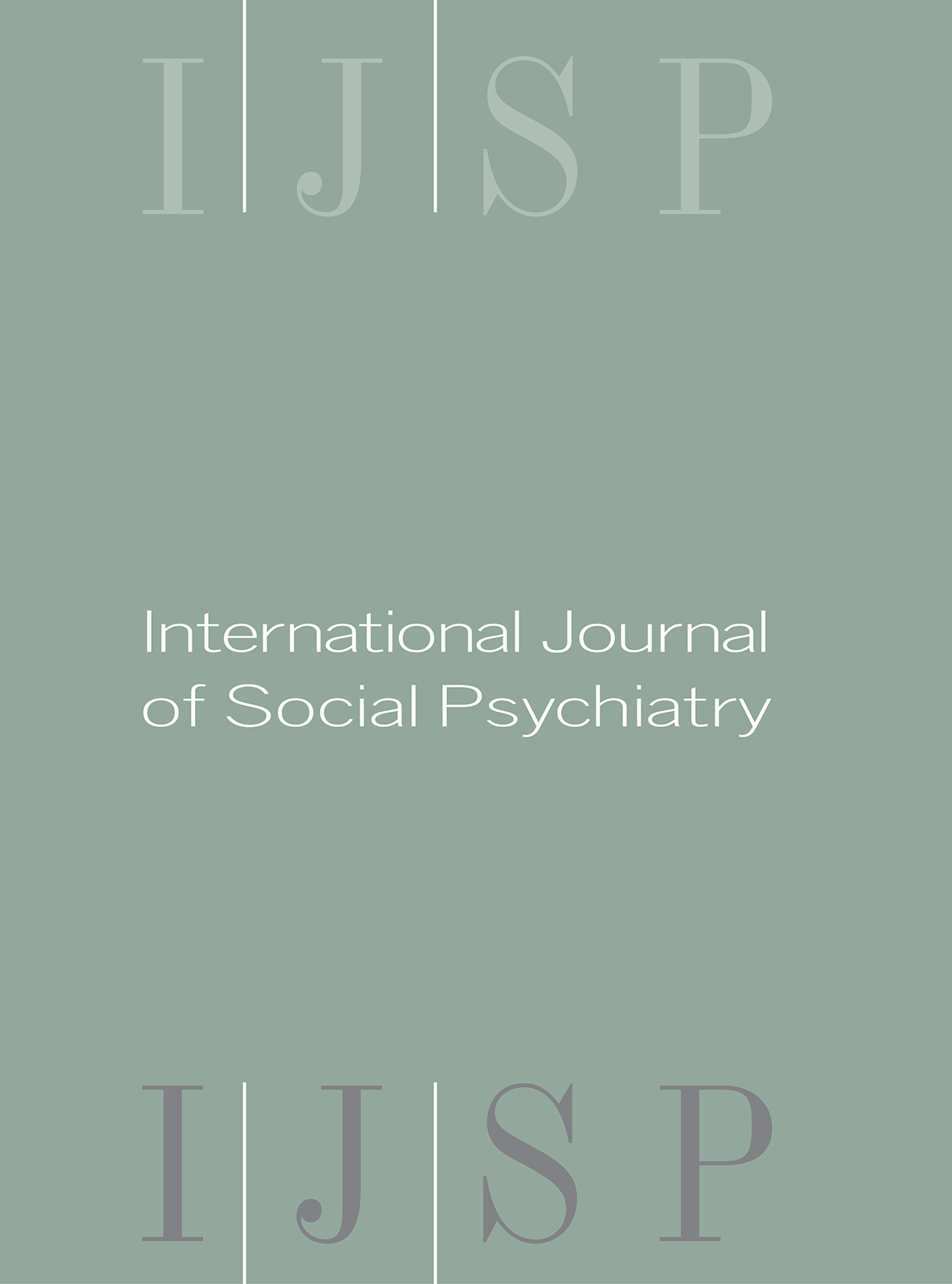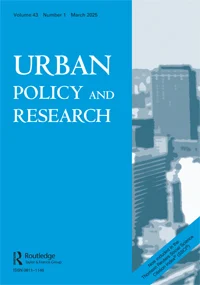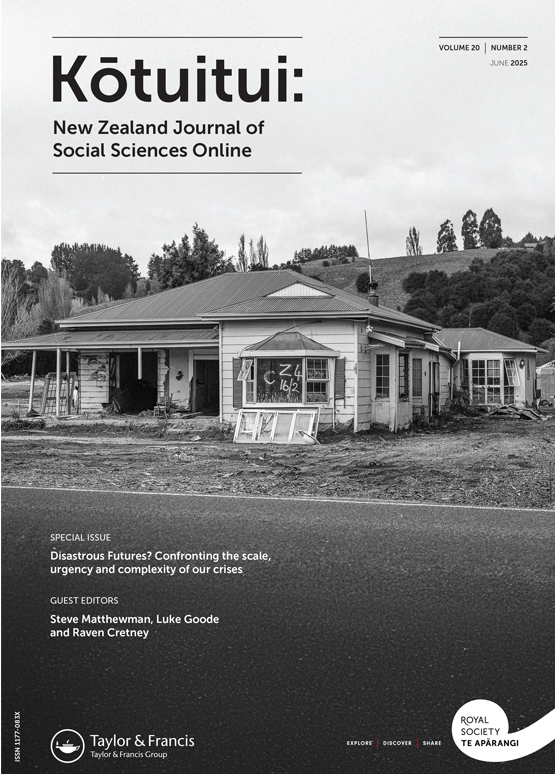Home Homelessness
Homelessness
- Research
This research looks at public health responses to homelessness during the COVID emergency in Australia. It identifies barriers, adaptations and lessons learned from increased teamwork between public health and homelessness sectors. It investigates how these partnerships formed and how they can continue with ongoing adequate funding, staffing and logistical support.
- Research
The study explores the patterns of ACEs contributing to childhood homelessness in South Africa to identify immediate causes and underlying factors that sustain the issue.
- Research
This study aims to assess the costs and health outcomes of providing stable housing to people experiencing homelessness who have opioid use disorder.
- Research
In this study, we explored the demand for the three specialist mental health services for people experiencing homelessness in Dublin by evaluating all referrals received over a 1-year period.
- Research
The Report on Government Services (RoGS) provides information on the equity, effectiveness and efficiency of government services in Australia. The…
- Research
This paper examines the relationship between housing assistance and youth offending in New Zealand (NZ). Using the Integrated Data Infrastructure (IDI), we established three cohorts of youth aged 14–24 who were part of households that received the Emergency Housing Special Needs Grant (EHSNG), lived in public housing, or received the Accommodation Supplement (AS) between 2016 and 2022. We found that offending decreased significantly among young people living in public housing or receiving the AS compared with the general population. However, reductions were not significant among those receiving EHSNGs, highlighting the importance of stable housing assistance on reducing youth offending.
- Research
In a study on mothers’ experiences of a residential parenting and drug rehabilitation programme, housing was consistently discussed as crucial to recovery in terms of the ability of wāhine (women) to envision a secure future.
- Research
This paper comprehensively explores the housing policies in England and Wales, the causes of rough sleeping, the implications of criminalising rough sleeping, and the nexus between human rights and criminalising homelessness.









